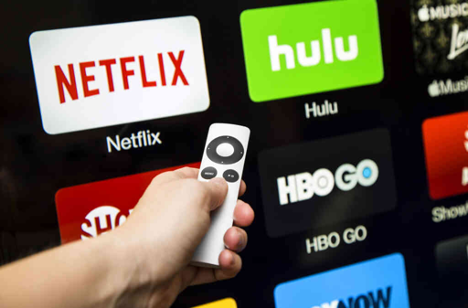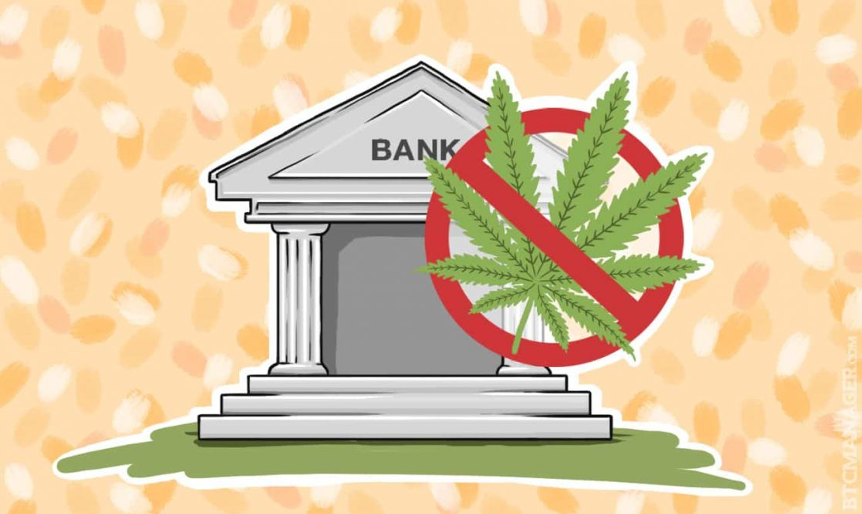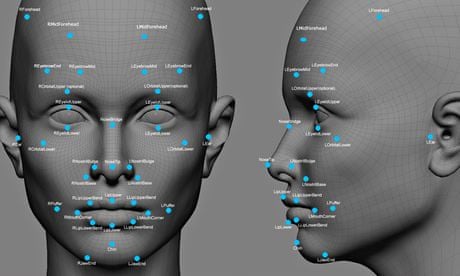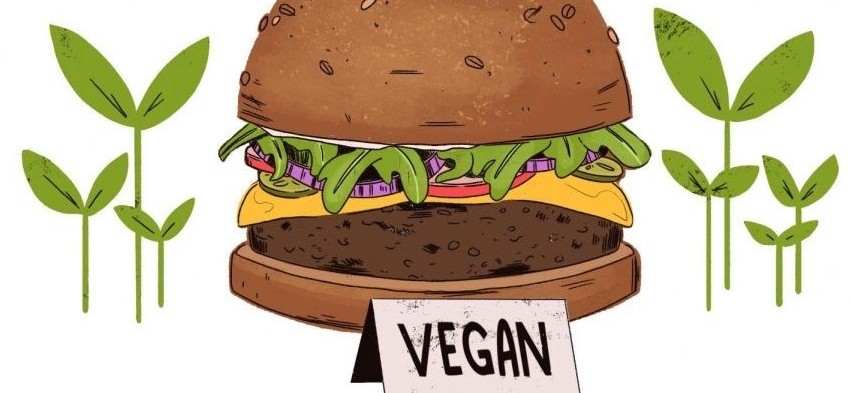
Kids & Teens in Quarantine: Considerations for Navigating Co-Parenting During COVID-19
April 24, 2020Archives . Authors . Blog News . Certified Review . Feature . Feature Img . Issue Spotters . Notes . Policy/Contributor Blogs . Recent Stories . Student Blogs Article(Source) On April 9th, the ABA Center on Children and the Law, ABA Commission on Youth at Risk, and ABA Section of Civil Rights and Social Justice hosted a webinar regarding the COVID-19 pandemic’s impact on child welfare cases. The webinar primarily focused on the federal Children’s Bureau’s March 27th guidance on how family courts

The Doctrine of Equivalents: A Barrier to Cheaper Biologics?
April 20, 2020Archives . Authors . Blog News . Certified Review . Feature . Feature Img . Issue Spotters . Notes . Policy/Contributor Blogs . Recent Stories . Student Blogs Article(Source) The benefit of biosimilar drugs is clear—biosimilars provide the U.S. market with drastic cost-saving alternatives, with estimates of a reduction in spending on biologic drugs from 2017 to 2026 of $54 billion dollars. Biologics are pharmaceutical drugs designed from or involving biological process/materials such as proteins, DNA, carbohydrates, and triglycerides. They include vaccines such as your common flu

The High Seas of Television: How Should Streaming Television Be Regulated?
April 17, 2020Archives . Authors . Blog News . Certified Review . Feature . Feature Img . Issue Spotters . Notes . Policy/Contributor Blogs . Recent Stories . Student Blogs Article(Source) Last year more Americans subscribed to streaming services (69%) than traditional cable or satellite TV (65%). These internet-based television services, such as Netflix, Hulu, and Amazon Prime, are referred to as over the top (OTT) services. OTT services are film and TV content streamed over an internet connection, in contrast to traditional TV which

A “Growing” Industry?: Banking Regulation’s Impact on the Legal Cannabis Industry’s Growth
April 13, 2020Archives . Authors . Blog News . Certified Review . Feature . Feature Img . Issue Spotters . Notes . Policy/Contributor Blogs . Recent Stories . Student Blogs Article(Source) With the increase in the number of states legalizing cannabis for recreational or medical purposes, issues come to light surrounding the implications of the relationship between the legal cannabis industry and banks. Due to marijuana’s current illegal status under federal law, the legal cannabis industry suffers in several ways from its lack of banking

Facial Recognition Software, Race, Gender Bias, and Policing
April 11, 2020Archives . Authors . Blog News . Certified Review . Feature . Feature Img . Issue Spotters . Notes . Policy/Contributor Blogs . Recent Stories . Student Blogs Article(Source) Facial Recognition Technology (FRT) identifies a person’s face by navigating through computer programs that access thousands of cameras worldwide to identify a suspect, criminal or fugitive. FRT could even accurately identify a person’s from a blurry captured image or instantaneously identify the subject among a crowd. This is the fantasy portrayed in Hollywood

A Shift in the Discussion Regarding the Payment of Student Athletes
April 7, 2020Archives . Authors . Blog News . Certified Review . Feature . Feature Img . Issue Spotters . Notes . Policy/Contributor Blogs . Recent Stories . Student Blogs Article(Source) A major issue that has been debated is whether student athletes should be allowed to profit off the use of their names, images, and likenesses. There are several reasons given in support for both sides. Some rationales supporting the payment of student athletes include college athletes expenditure of time towards their sport—an average of

The Twenty-Eighth Amendment?: The Equal Rights Amendment’s Popular Resurgence
April 3, 2020Archives . Authors . Blog News . Certified Review . Feature . Feature Img . Issue Spotters . Notes . Policy/Contributor Blogs . Recent Stories . Student Blogs Article(Source) The only way to tell photographs of Equal Rights Amendment (ERA) advocates from the 1970s apart from the advocates of the 2010s is by the quality of the photo. Recently, women have taken to the streets, the legislatures, and the courts, coming together to change the Constitution. Their advocacy has paid off. This

Supporting the Arts is TAXing: The Difficulty of Establishing Effective Arts Funding Schemes in Creative Cities
March 30, 2020Archives . Authors . Blog News . Certified Review . Feature . Feature Img . Issue Spotters . Notes . Policy/Contributor Blogs . Recent Stories . Student Blogs Article(Source) In the United States, the arts and culture industries are massive economic engines. In fact, the arts contribute $763.6 billion to the U.S. economy annually, which is more than both the agricultural and transportation industries. Furthermore, the arts drive job growth and promote cultural tourism in cities across the U.S. This data suggests that,

Marketing Meat Alternatives: Does Nomenclature Matter?
March 27, 2020Archives . Authors . Blog News . Certified Review . Feature . Feature Img . Issue Spotters . Notes . Policy/Contributor Blogs . Recent Stories . Student Blogs Article(Source) In 2018, the U.S. Food and Drug Administration (“FDA”) approved the Impossible Burger, one of the first plant-based meat alternatives of its kind. The Impossible Burger gained nation wide attention for its eerie resemblance to real meat – specifically it’s blood-like color and taste. While the Impossible Burger initially faced some backlash, it opened

What Gives?—A Look at Why Charitable Giving Among Individuals Is Declining
March 13, 2020Archives . Authors . Blog News . Certified Review . Feature . Feature Img . Issue Spotters . Notes . Policy/Contributor Blogs . Recent Stories . Student Blogs Article(Source) By many metrics, the quality of American life has much improved over the last decade. U.S. unemployment has reached roughly its lowest point in 50 years and wage growth for American workers reached a 10-year high in 2019. Additionally, notwithstanding the notable exception of recent market recoil due to escalating fears surrounding COVID-19,